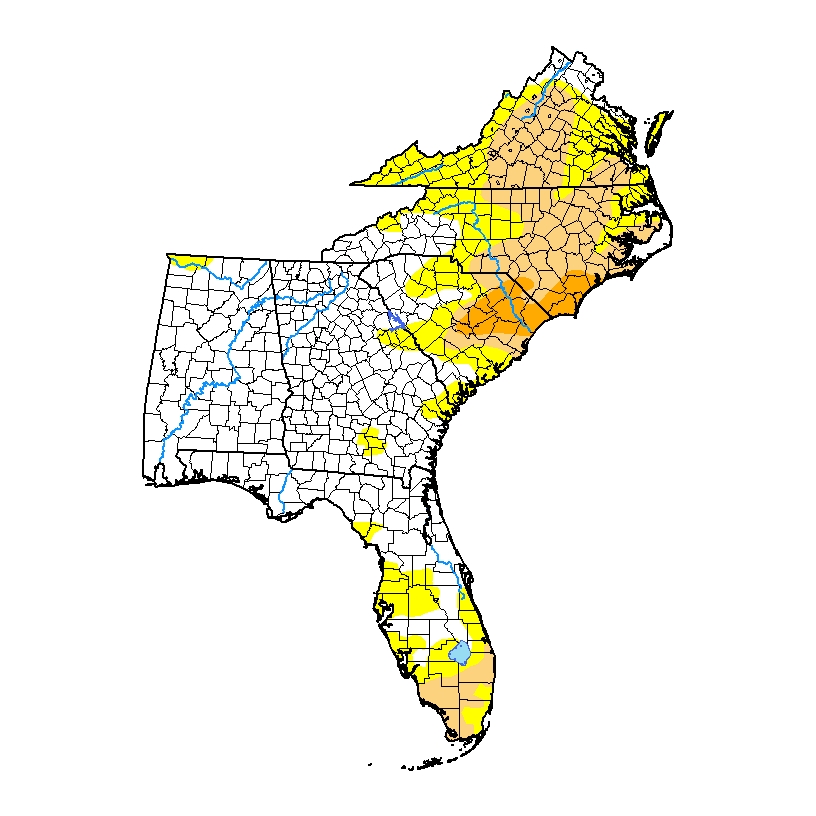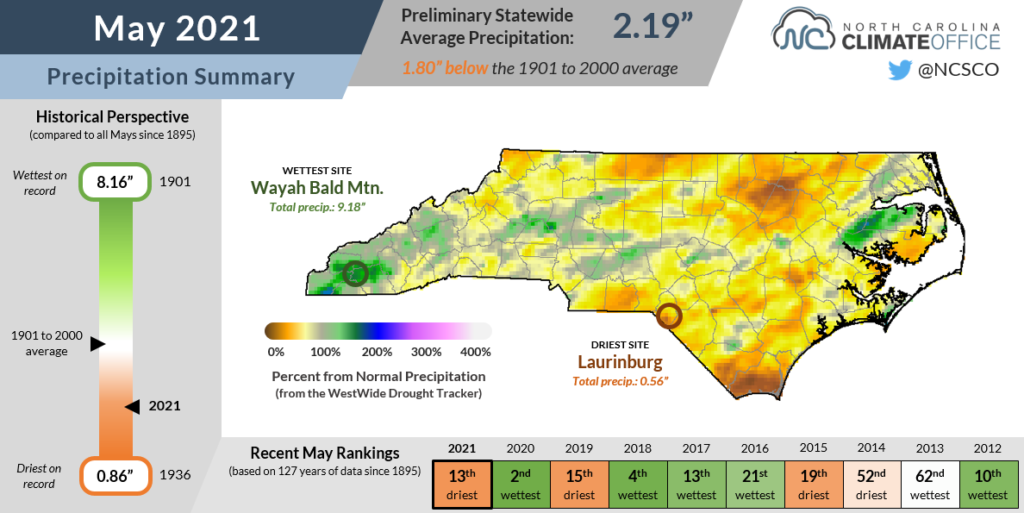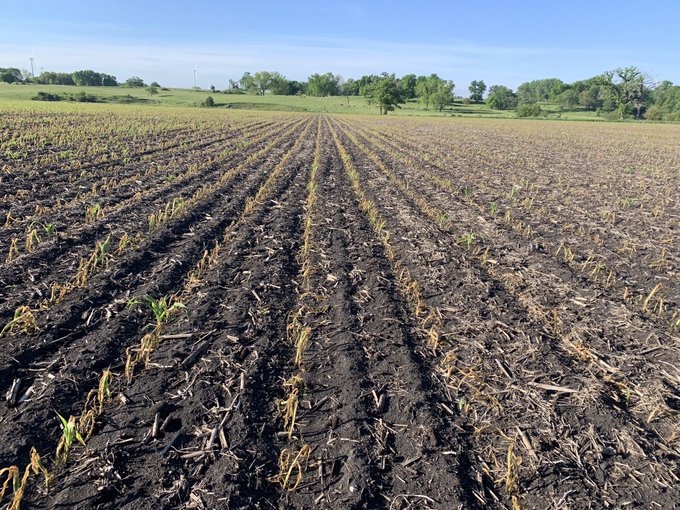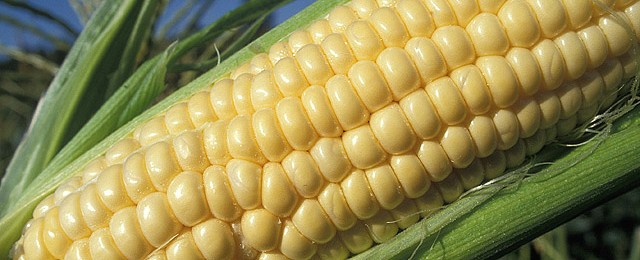-

A recent study published in the journal Nature shows that as temperatures rise around the globe, the amount of oxygen that is dissolved in the water is decreasing. The rate of decrease is much larger in freshwater lakes than in the ocean. This is concerning because as oxygen levels decrease, life in the streams and…
-

Georgia’s warm and humid climate is conducive to the development of fungal diseases in all types of crops. We have been fairly dry lately, so have not seen too much disease in the crops until now. But with a return to more humid, and (hopefully) more rainy conditions, the likelihood of crops like grapes developing…
-

Because of the almost complete lack of rainfall coupled with high temperatures, today’s Drought Monitor has introduced an area of severe (D2) drought to eastern sections of North and South Carolina and moderate (D1) has significantly expanded in Virginia and slightly in southern Florida. Not much improvement is expected this week since rain should be…
Posted in: Drought -

The latest monthly climate summary is now available from the North Carolina Climate Office and covers May 2021. You can read it at https://climate.ncsu.edu/blog/2021/06/may-flowers-wilt-amid-expanding-drought/.
Posted in: Climate summaries -

I was up in Michigan this past weekend visiting my mom and experienced some cold temperatures that did not feel at all like late May. In areas farther west and north, they even had frost in some locations, the third latest ever at those spots. Many farmers there are still assessing the damage from the…
-

Georgia’s climate is changing threatening the state’s essential water, energy, and transportation infrastructure. In the years to come, investment in innovative resiliency efforts will ensure a just future for all Georgians. Stay tuned for our upcoming June webinar, ‘What does a changing climate mean for Georgia’s infrastructure?’ that will be held Wednesday, June 30, from…
-

Corn yields are affected by a number of things, so it should be no surprise that they are affected by both maximum (daytime) and minimum (nighttime) temperatures. Heat stress on the hottest days causes the corn plant to shut down, reducing their ability to fill the kernels. Overnight, the science is less clear, with some…